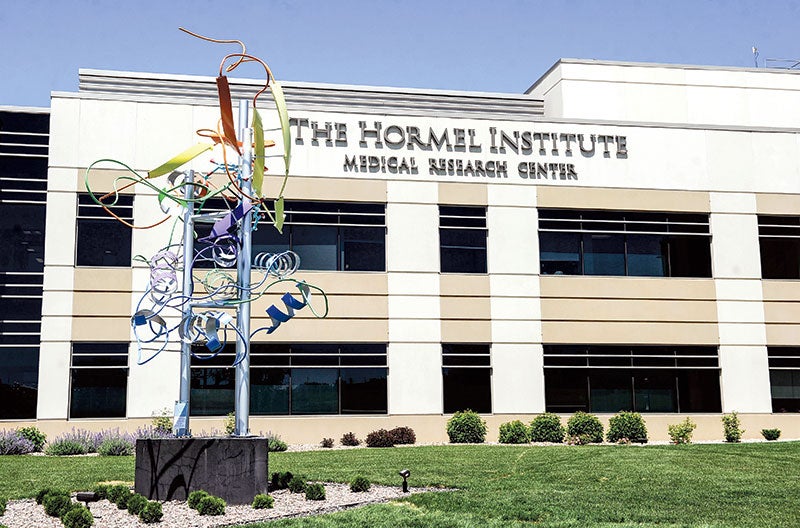Rural hospitals struggle to stay open, adapt to changes
Published 7:57 am Friday, May 1, 2015
OSCEOLA, Mo. — After 45 years of providing health care in rural Missouri, Sac-Osage Hospital is being sold piece by piece.
Ceiling tiles are going for 25 cents, the room doors for an average of less than $4 each, the patient beds for $250 apiece. Soon, the remnants of the hospital that long symbolized the lifeblood of Osceola, population 923, will be torn to the ground.
Sac-Osage is one of a growing number of rural U.S. hospitals closing their doors, citing a complex combination of changing demographics, medical practices, management decisions and federal policies that have put more financial pressure on facilities that sometimes average only a few in-patients a day.
“Money just kept drying up,” said Chris Smiley, a former operating-room nurse who was the last chief executive of Sac-Osage and is now overseeing its liquidation.
Standing near the doorway of a room stripped of its cabinets and sinks, Smiley stared down a hospital hallway where a man was carting off $1 boxes of unwanted items — pencils, plastic X-ray covers, a fish bowl, even a fly swatter.
“It’s sad to walk around here,” she said, shaking her head.
A total of 50 hospitals in the rural U.S. have closed since 2010, and the pace has been accelerating, with more closures in the past two years than in the previous 10 years combined, according to the National Rural Health Association. That could be just the beginning of what some health care analysts fear will be a crisis.
An additional 283 rural hospitals in 39 states are vulnerable to shutting down, and 35 percent of rural hospitals are operating at a loss, according to iVantage Health Analytics, a firm based in Portland, Maine, that works with hospitals.
Most of the rural hospital closures so far have occurred in the South and Midwest. Of those at risk, nearly 70 percent are in states that have declined to expand Medicaid under the federal Affordable Care Act, although some experts are hesitant to draw a cause-and-effect correlation.
In some cases, the shuttered hospitals have been replaced by clinics offering urgent care and other outpatient services. The site of the old Sac-Osage Hospital, which closed in September, could eventually become part of a walk-in health clinic. But other closures have simply left a void.
“When a hospital closes, the physicians leave. A lot of the health care infrastructure leaves. Sometimes the local businesses will leave … the schools suffer,” said George Pink, deputy director of the Rural Health Research and Policy Analysis Center at the University of North Carolina. “There’s a whole multiplier effect that really can devastate some towns.”
Big city hospitals have been closing at about the same rate as rural ones during the past five years, but an abundance of alternatives in most major metropolitan areas typically reduces the effect on patients. When a rural hospital closes, people might have to travel dozens of miles to reach the nearest hospital, an inconvenience that can sometimes be a matter of life or death.
When 18-month-old Edith Gonzalez choked on a grape in August 2013, her parents rushed to Shelby Regional Medical Center in their hometown of Center, Texas, unaware that the hospital had closed several weeks earlier. Their daughter was dead by the time an ambulance brought her to the next nearest hospital, more than 45 minutes later.
Kathy Hagler, whose family owns a local grocery store, helped Edith’s relatives gather 1,500 petition signatures pleading with state and local officials to re-open the hospital. But nothing has come of it.




